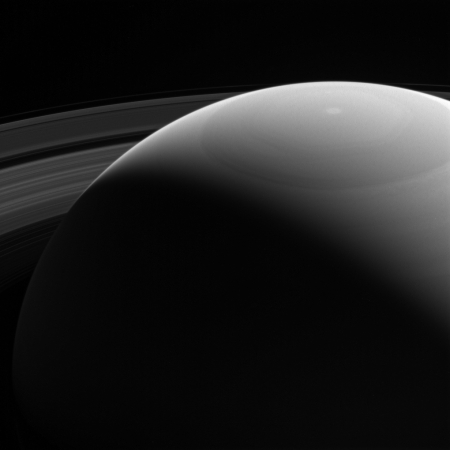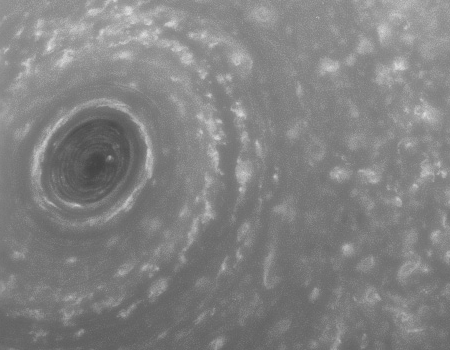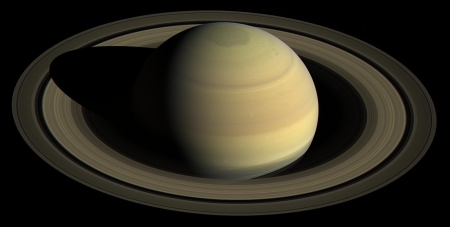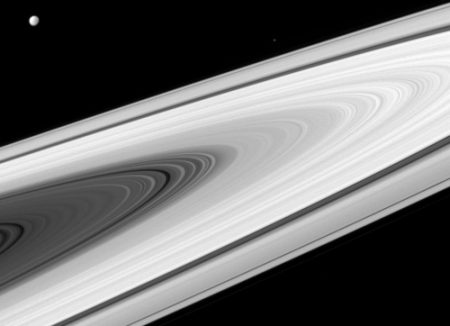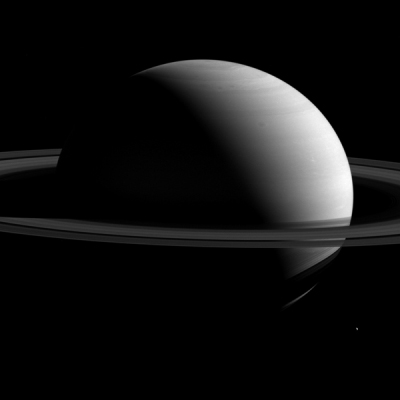Saturn’s weird moon Pan

New images from Cassini have provided scientists their first sharp images of Saturn’s moon Pan, and what those images show is something really weird. The image on the right is only one sample, with the link providing more.
Pan orbits in a gap between two rings, and the ridge might have accumulated from material from those rings. Then again, maybe not. It will take more data to I think completely unravel how this moon got to look like it does.

New images from Cassini have provided scientists their first sharp images of Saturn’s moon Pan, and what those images show is something really weird. The image on the right is only one sample, with the link providing more.
Pan orbits in a gap between two rings, and the ridge might have accumulated from material from those rings. Then again, maybe not. It will take more data to I think completely unravel how this moon got to look like it does.



